Eli Whitney Jr. was a well-known American inventor who lived from December 8, 1765, to January 8, 1825. He created something very important in 1793 that had a big impact on the United States economy.
Whitney’s creation helped turn upland short cotton into a profitable crop, which made slavery in the United States more financially secure for longer periods of time. However, despite its significant social and economic effects, Whitney lost most of his earnings due to costly court battles over patent disputes related to the cotton gin. After that, he focused on securing government contracts to manufacture guns for the new U.S. Army. He kept making arms and inventing until his death in 1825.
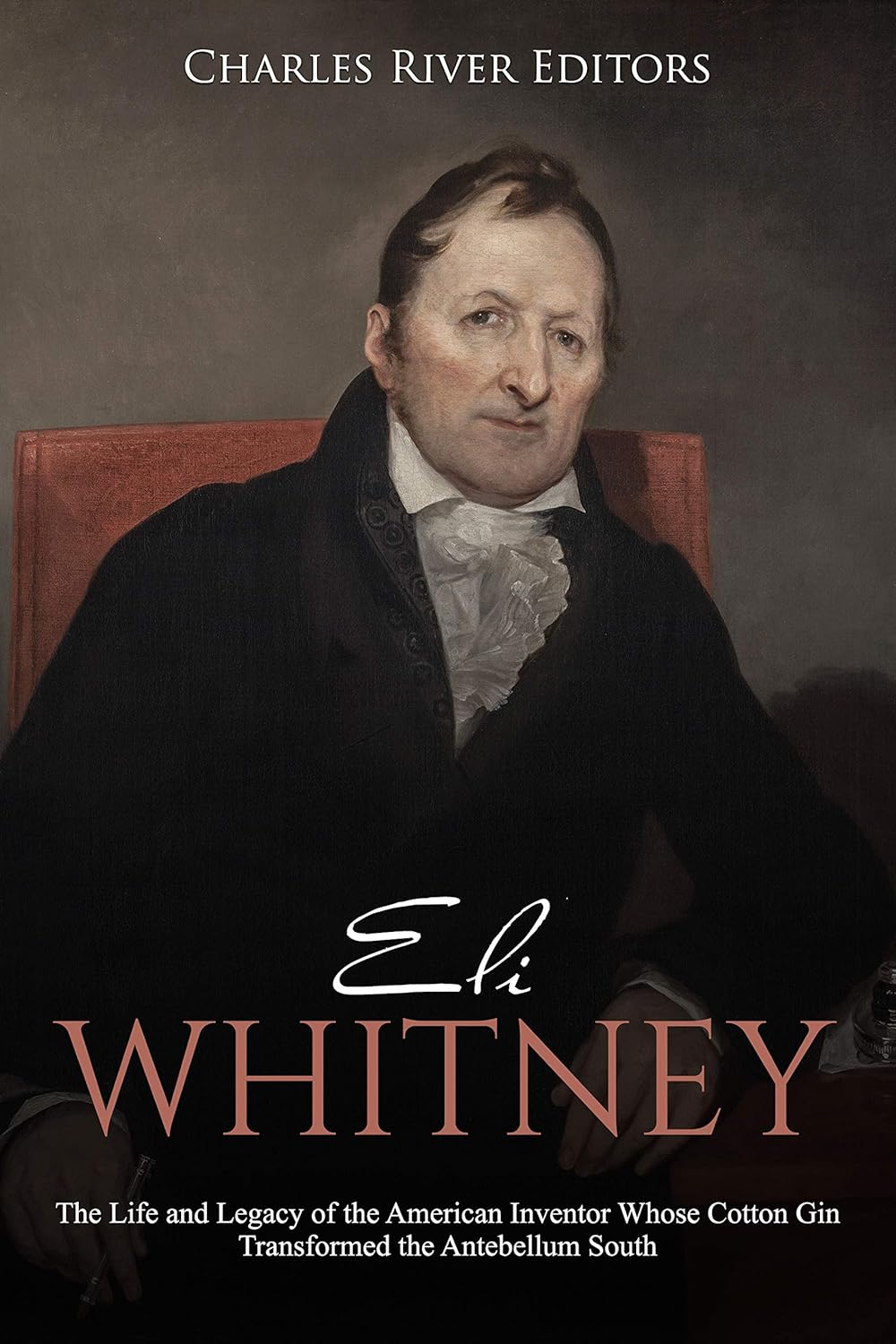
Early life and education Coat of Arms of Eli Whitney
Eli Whitney was born in Westborough, Massachusetts, on December 8, 1765, to a family that owned a farm where his father was very successful. His mother’s name was Elizabeth Fay, who also came from a farming background in Westborough.
Younger Eli gained recognition both during his lifetime and after he passed away under the name “Eli Whitney”, although technically, his full name was Eli Whitney Jr. His son, who was born in 1820 and also named Eli, received fame during his lifetime as well, and later became known by the same name, “Eli Whitney Jr.”. When it came to Eli’s mother, Elizabeth Fay, she passed away in 1777 when Eli was just 11 years old. At the age of 14, Eli started running a successful nail-making business from his father’s workshop during the American Revolutionary War.
Because his stepmother didn’t want him to attend college, Whitney had to find other ways to earn money. He worked on farms and taught school to make enough cash for school. He studied at Leicester Academy (which later became Becker College) before heading to Yale University in 1789. At Yale, he was guided by Rev. Elizur Goodrich of Durham, Connecticut. Whitney initially wanted to study law, but when he didn’t have enough money, he took a job as a private tutor in South Carolina.
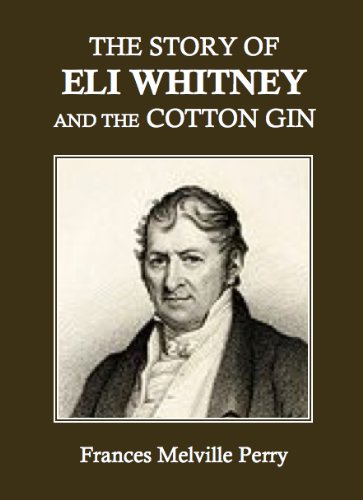
Whitney sent a petition to the Westborough selectmen in Massachusetts asking to establish a public school. He included an example of his handwriting. Instead of arriving at his destination, Whitney was persuaded to stop in Georgia. During the late 18th century, many New Englanders were drawn to Georgia because it offered opportunities for wealth and success. The state’s former governor during the Revolutionary era had come from Connecticut, which made it an attractive choice for people looking to start a new life. When Whitney initially set sail for South Carolina, he was joined by Catherine Littlefield Greene, the widow of General Nathanael Greene, a famous hero from Rhode Island. Mrs. Greene invited Whitney to visit her plantation in Georgia called Mulberry Grove. Her business manager and future husband-to-be was Phineas Miller, another Connecticut resident who had graduated from Yale University in 1785. He would later become Whitney’s business partner.
Career Whitney is most known for two inventions that had major effects on the United States during the mid-1800s: the cotton gin and interchangeable parts. The cotton gin, which came out in 1793, changed the way people harvested cotton in the South, but it also helped keep slavery going. On the other hand, when Northern factories adopted interchangeable parts, it greatly improved the manufacturing industry and contributed to the U.S. winning the Civil War.
The Cotton Gin Patent revealed a unique feature – sawtooth-shaped cutting blades that did not belong in Whitney’s initial patent application.
A machine called a cotton gin that can quickly remove seeds from cotton is on display at the Eli Whitney Museum. This invention made it much easier for people to do this task because it used to be very time-consuming and hard work. The word “gin” actually means engine, which makes sense since it’s a type of device. When Whitney was living at Mulberry Grove, he created several clever inventions that caught the attention of Mrs Greene, who then introduced him to some businessmen. They were talking about how much they wished there was a machine that could easily separate the short-staple cotton from its seeds, which used to be done by hand and only took one pound of lint per day. Within weeks, Whitney had created a model for his new invention. It consisted of a wooden drum with hooks attached that pulled the cotton fibers through a mesh screen. The seeds got stuck in the mesh and fell out. One time, Whitney shared an idea where he was trying to figure out how to make seeding the cotton better when it hit him after watching a cat try to pull a chicken through a fence – only some feathers made it through!
One machine made from cotton could make as much cleaned cotton as 55 pounds (25 kg) every day. This helped build the economy in the Southern states, where cotton grows well. Some people think that this invention made it possible for African slavery to be more stable and long-lasting during a very important time when the system was growing.
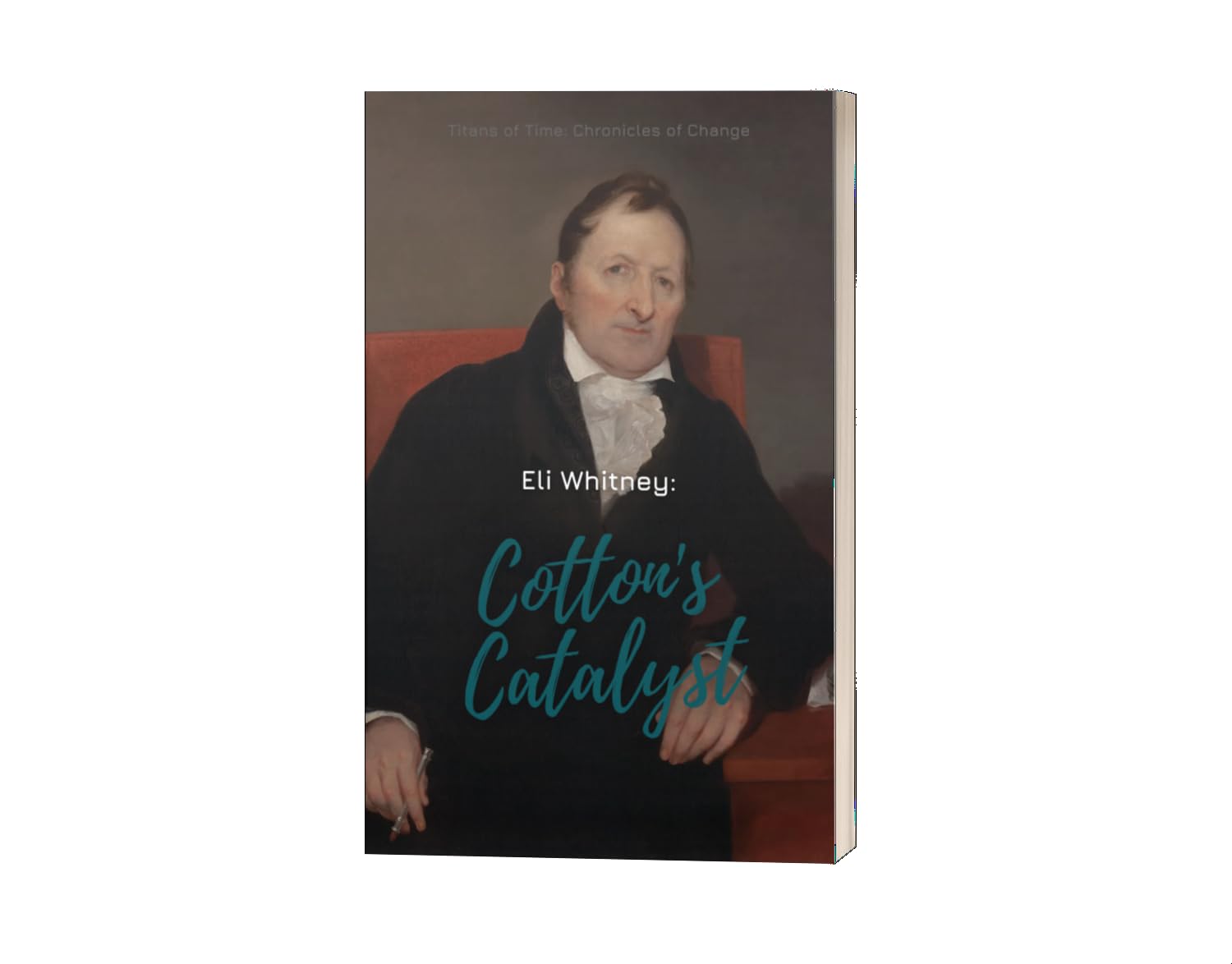
Whitney submitted his application for a patent on his cotton gin on October 28, 1793, and received it (later given the number X72) on March 14, 1794, however, it wasn’t officially approved until 1807. Whitney and his business partner, Miller, didn’t plan to sell the gins; instead, they expected farmers would pay them to clean their cotton – taking two-fifths of its value in exchange. Farmers were unhappy with this idea and felt that the simple design of the gin and the outdated patent laws made it easy for others to copy. As a result, Whitney and Miller couldn’t keep up with demand, so gins from other manufacturers quickly found buyers. In the end, lawsuits over patent infringement ate into their profits (one patent was granted in 1796 to Hogden Holmes, but it later got canceled), and their cotton gin business closed down in 1797. A lesser-known fact is that there were some problems with Whitney’s initial design. Some people even claimed that Mrs. Greene suggested using wires instead of pegs, but this hasn’t been proven true.
After verifying the patent’s ownership, South Carolina allocated $50,000 to cover its share of rights within the state. Meanwhile, North Carolina imposed a five-year license tax that generated around $30,000 in revenue. It’s also believed that Tennessee paid approximately $10,000 as their part of the agreement.
Although the cotton gin did not bring Whitney the wealth he had expected, it still gave him great recognition. Some historians believe that Whitney’s invention of the cotton gin unintentionally contributed to the American Civil War. After Whitney created his machine, the slave-holding plantation system was revived, ultimately leading to the outbreak of the Civil War.

The cotton gin had a huge impact on Southern farming and the entire country’s economy. The South’s cotton was in high demand in Europe and the growing textile factories in New England. After the cotton gin appeared, American cotton exports skyrocketed – from just 500,000 pounds in 1793 to an incredible 93 million pounds by 1810. Unlike most other crops, cotton could be stored for a long time and shipped really far, making it super convenient. As a result, cotton became America’s main export, accounting for more than half of the country’s total exports from 1820 to 1860.
Whitney believed that his invention would help decrease the need for slaves working in cotton fields and speed up the end of slavery in the South. However, surprisingly, this device, which made work easier, actually prolonged slavery in the United States by 70 more years. Before the 1790s, most slave labor was used to grow less profitable crops like rice, tobacco, and indigo. Neither of these crops was very lucrative anymore, especially with the problem of seed removal making cotton even harder to grow. But with Whitney’s invention, growing cotton using slaves became extremely profitable – it became the main source of wealth in the South and helped establish new settlements from Georgia to Texas. Cotton became such a big deal that “King Cotton” controlled many economic aspects of Southern society, keeping slavery as an essential part of daily life.
Interchangeable parts were introduced by Eli Whitney as a firearms manufacturer in 1798. The contract was signed by Oliver Wolcott Jr., who was then the Secretary of the Treasury.
Eli Whitney has been mistakenly credited with inventing interchangeable parts, but this wasn’t entirely his idea. He actually helped spread the concept for many years while making muskets, even though it had already been thought of before him. Unfortunately, Whitney didn’t get to see his vision succeed until close to the end of his life, when others in their armories began using it successfully.
The concept of using interchangeable parts has its roots in ancient times, during the Punic Wars, where archaeologists have found evidence of old boats preserved at the Museo Archeologico Baglio Anselmi, and written records from that era also support this idea. Fast forward to modern days, and people had been working on this concept for many years. A pioneer in standardizing artillery pieces was Jean-Baptiste Vaquette de Gribeauval, a French gunsmith who lived in the 18th century. He laid some groundwork for interchangeability of parts, although it wasn’t entirely successful at that time. His work inspired others like Honoré Blanc and Louis de Tousard to keep working on this idea as well as other types of equipment such as shoulder weapons. In the 19th century, these efforts led to the “armory system,” or the American method of manufacturing. Some New Englanders, including Captain John H. Hall and Simeon North, came up with a similar concept before Eli Whitney’s armory did. Finally, after his death in 1825, Whitney’s design succeeded in creating interchangeable parts.
The main reasons behind Whitney accepting a contract to make muskets in 1798 were mostly due to financial reasons. By the late 1790s, Whitney was facing serious financial troubles and had accumulated significant debt from his cotton gin factory in New Haven, which had burned down. He was also struggling with costly lawsuits that left him with little money to spare. The recent French Revolution caused tensions between Britain, France, and America to rise, leading the new US government to prepare for war. To be better prepared, the War Department started looking for companies to build muskets in bulk. Whitney, who had never made a gun before, was given a contract in January 1798 to deliver between 10,000 to 15,000 muskets by 1800. It wasn’t until ten months later that he received information on advanced manufacturing techniques from the US Treasury, possibly after reading reports from Honoré Blanc, which is when Whitney started talking about making parts that could be exchanged easily.
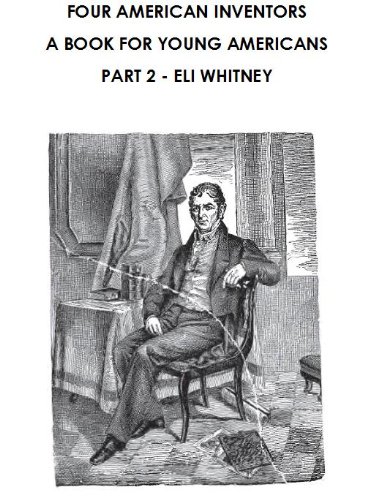
Whitney built his gun factory in 1827. In May 1798, Congress voted for a law that would spend $800,000 to buy small arms and cannons if there was war with France. The law also promised a $5,000 bonus if someone could make good-quality arms for the government – another $5,000 on top of that once the money ran out. Since Whitney didn’t get the success he expected from his cotton gin invention, he decided to take the offer. Even though the contract was only for one year, it took Whitney over 20 years to deliver the guns – and he came up with many excuses for why he couldn’t make them on time. Recently, researchers found out that while Whitney was receiving the government money from 1801-1806, he used some of that money to travel to South Carolina and start a new cotton gin business.
Although Whitney’s demonstration in 1801 seemed to prove that making interchangeable parts was possible, an expert named Merritt Roe Smith says it wasn’t really true. He thinks Whitney tricked government officials into thinking he had made progress when he hadn’t. This fake show helped Whitney get more time and money to work towards his goal.
When the government said Whitney’s musket prices were cheaper than those made in their own factories, he found a way to calculate how much it really cost him to make each gun. He took into account things like insurance and equipment costs that the government had forgotten about. By doing this, Whitney helped figure out important ideas about tracking costs and making sure businesses are run efficiently.
Milling Machine Further information: Milling (machining) The history of the milling machine starts with Joseph W. Roe, who said that Whitney built the first milling machine around 1818. Other historians, like Woodbury and Smith, have done more research and found out that Whitney was not the only person working on this invention at the same time between 1814 and 1818. In fact, they think it’s possible that others were more important to the innovation than Whitney. This means we can’t say for sure who invented the milling machine because Whitney might not have even built his version until 1825, after he died.
Life after retirement and what people remember about them Eli Whitney’s later years are not as well-known as his contributions to American history. However, his image appeared on a US postage issue in 1940, which helped keep him in the public eye.
On the south side of the Eli Whitney monument in the Grove Street Cemetery in New Haven, Connecticut, there was an important reminder about how hard work and connections can help someone succeed. Even though he started out with little, Eli Whitney understood the importance of having good relationships with influential people. When building his arms business, he used his status as a Yale graduate to connect with other successful alumni who were in high positions, such as Oliver Wolcott Jr., who was the Secretary of the Treasury, and James Hillhouse, a New Haven developer and politician.
In 1817, he married Henrietta Edwards, who was the granddaughter of famous preacher Jonathan Edwards and the daughter of Pierpont Edwards, the leader of the Democratic Party in Connecticut. Her father was also related to Timothy Dwight, the president of Yale University, who was a prominent Federalist leader in the state. Having these connections helped him become part of Connecticut’s powerful elite, which was crucial for his business that relied on government contracts.

Whitney passed away from prostate cancer on January 8, 1825, in New Haven, Connecticut, just one month after turning 59 years old. At the time of his death, he was leaving behind a widow and four children. One of his children, Eli Whitney III, played a key role in building New Haven’s water system. While he was sick, Whitney created and built several devices to make his pain more manageable.
The Eli Whitney Students Program at Yale University is designed for students who don’t fit into traditional classrooms. The program was named after Eli Whitney, who started his studies there when he was 23 and graduated with highest honors in just three years.
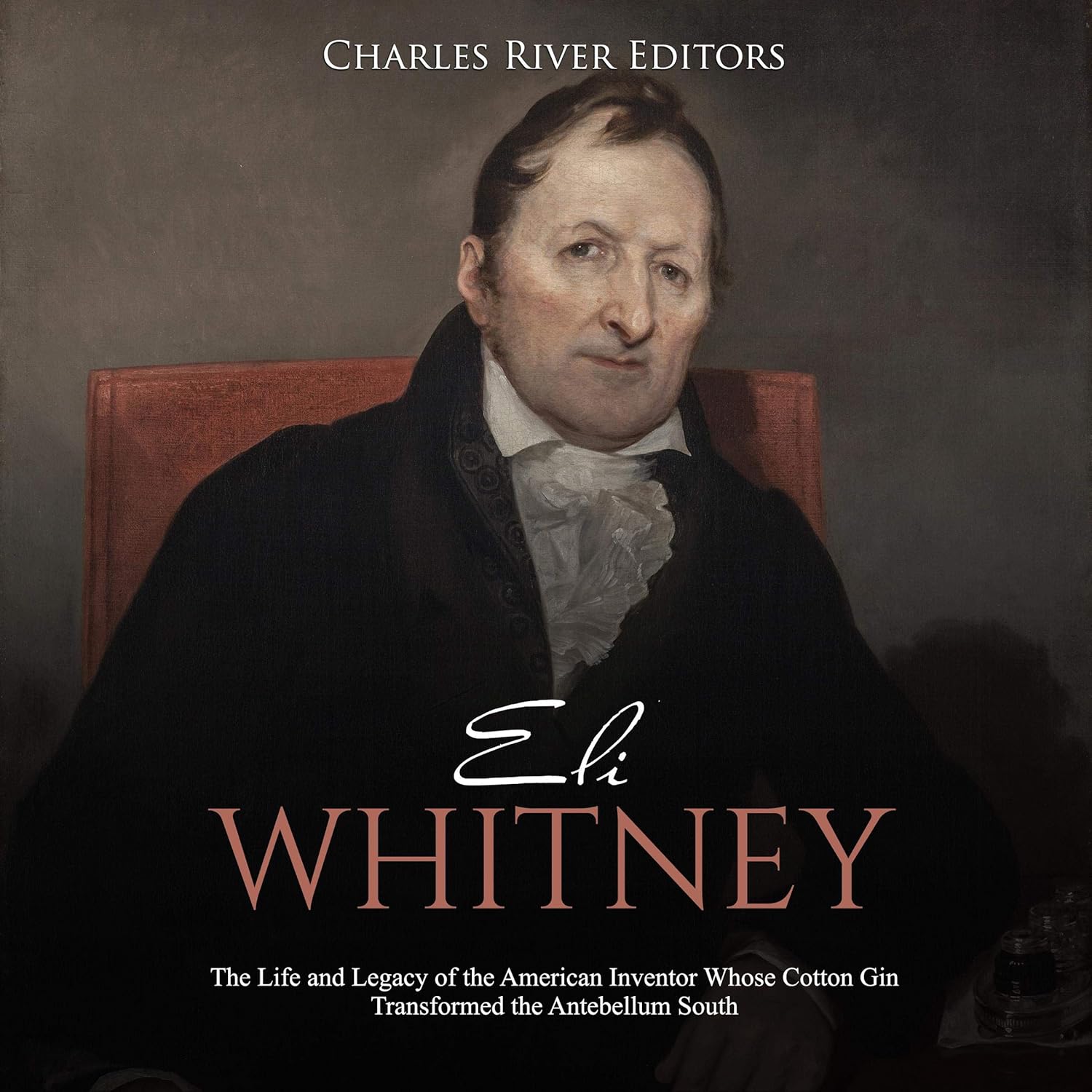
As an Amazon Associate, I earn from qualifying purchases.
- 19th Century (16)
- 19th Century Inventors (16)
- 20th Century (1)
- 20th Century Inventors (1)
Leave a Reply